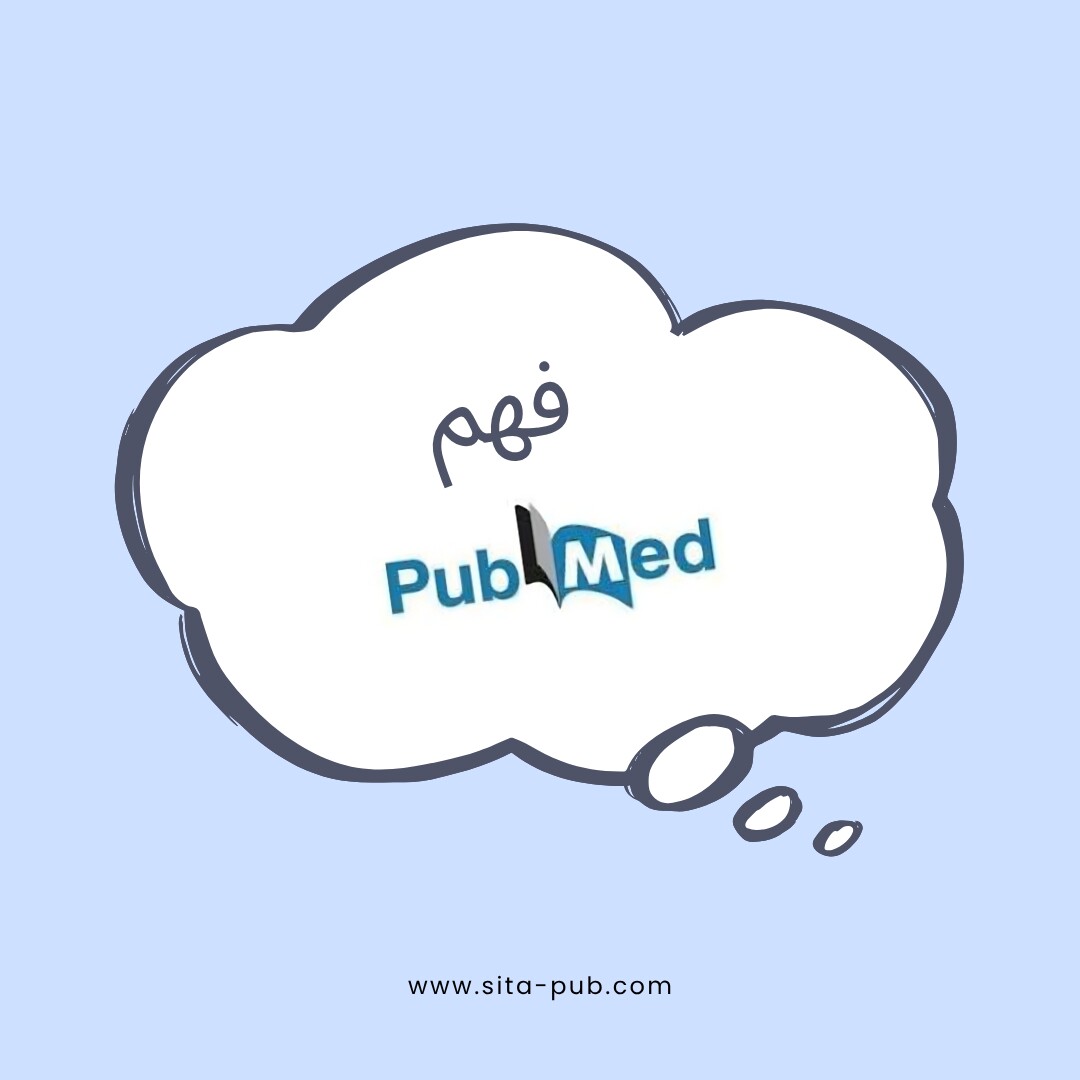فهم PubMed: الکشف عن قوه قاعده بیانات الأدبیات الطبیه الحیویه


تُعد PubMed قاعده بیانات معترف بها على نطاق واسع وموثوقه، وتُعتبر بمثابه مرکز قوه فی الأدبیات الطبیه الحیویه. بفضل مجموعتها الواسعه من المقالات العلمیه، تلعب PubMed دورًا محوریًا فی تسهیل الوصول إلى الأبحاث المتقدمه وتعزیز التقدم فی مختلف مجالات الصحه وعلوم الحیاه.
فهم أهمیه PubMed وعملیه فهرستها ضروری للباحثین الذین یسعون إلى نشر أعمالهم والمساهمه فی المجتمع العلمی.
تشمل PubMed مجموعه واسعه من التخصصات الطبیه الحیویه، بما فی ذلک الطب، وعلم الأحیاء، والکیمیاء الحیویه، وعلم الوراثه والمزید.
تتضمن القاعده مقالات بحثیه، ومراجعات، وتجارب سریریه، وتقاریر حالات، وغیرها من المنشورات الأکادیمیه.
تحتوی القاعده على مقالات من مجلات وطنیه ودولیه، مما یضمن تمثیلًا متنوعًا وشاملًا للأدبیات العلمیه.
کما تقوم PubMed بفهرسه المقالات من مصادر مختلفه، بما فی ذلک المجلات المحکمه، وخوادم ما قبل النشر، وأعمال المؤتمرات، مما یوسع من إمکانیه الوصول إلى نتائج الأبحاث.
تستخدم PubMed عملیه فهرسه دقیقه لضمان دقه وجوده المقالات المدرجه. تُشرف على هذه العملیه المکتبه الوطنیه للطب (NLM).
تمر المقالات بتقییم دقیق، حیث یقوم متخصصو الفهرسه بتحلیل محتواها، وبنیتها، وملاءمتها.
یتم تعیین مصطلحات العناوین الموضوعیه الطبیه (MeSH)، مما یعزز سهوله الاکتشاف ویُصنّف المقالات بناءً على مواضیعها.
تساعد عملیه الفهرسه فی PubMed الباحثین على العثور بسرعه على المقالات ذات الصله وتوفر إطارًا موحدًا لتنظیم المعرفه العلمیه.
تحظى المجلات المفهرسه فی PubMed برؤیه عالیه داخل المجتمع العلمی.
غالبًا ما یرجع الباحثون، والأطباء، وغیرهم من المهنیین إلى PubMed للاطلاع على أحدث نتائج الأبحاث.
تضمن عملیه الفهرسه الصارمه فی PubMed أن المقالات المنشوره فی مجلاتها المفهرسه تفی بمعاییر الجوده العالیه.
وهو ما یعزز مصداقیه وأمانه بحثک العلمی.
یمکن للباحثین الوثوق فی المعلومات والنتائج المقدمه فی مقالات PubMed المفهرسه، مما یعزز ثقافه المعرفه العلمیه الموثوقه والمبنیه على الأدله.
عامل التأثیر هو مقیاس یُستخدم لتقییم تأثیر وأهمیه المجله فی مجالها.
یعکس المتوسط السنوی لعدد الاستشهادات التی تتلقاها المقالات المنشوره فی تلک المجله خلال فتره زمنیه محدده.
تُعتبر المجلات ذات عامل التأثیر المرتفع فی PubMed مرموقه ومؤثره، وتجذب جمهورًا واسعًا، مما یزید من رؤیه المقالات المنشوره فیها.
بالإضافه إلى عامل التأثیر، توفر PubMed مجموعه من مقاییس الاستشهاد، مثل:
إجمالی الاستشهادات
مؤشر h-index
عدد الاستشهادات لکل مقال
تمکّن هذه المقاییس الباحثین من تقییم أثر وانتشار منشوراتهم العلمیه.
توفر مقاییس الاستشهاد رؤى حول تأثیر عملک، ویمکن أن تکون مفیده فی طلبات المنح، والترقیات، وتقییمات التثبیت الأکادیمی.
لکن من المهم ملاحظه أن مقاییس الاستشهاد یجب تفسیرها بحذر، مع الأخذ فی الاعتبار عوامل مثل اختلافات التخصصات العلمیه وعمر النشر.
مساعدتک فی النشر

هل تبحث عن نشر أبحاثک فی مجلات مفهرسه ضمن PubMed؟
تُقدم لک سیتا مسارًا سلسًا لجعل عملک مرئیًا فی قاعده PubMed المرموقه.
سیرشدک فریق الخبراء لدینا خلال عملیه التقدیم، مع ضمان الامتثال للمعاییر الصارمه لـ PubMed.
عزّز تأثیر وانتشار بحثک من خلال التعاون مع سیتا . اتصل بنا الیوم لتعرف المزید عن خدماتنا وابدأ رحلتک نحو النشر الناجح فی PubMed.
ما هی الخدمات التی نقدمها؟
إذا کان لدیک أی أسئله، استفسارات، أو ترغب فی معرفه المزید عن خدماتنا، فلا تتردد فی التواصل معنا. فریقنا المخصص مستعد لمساعدتک.